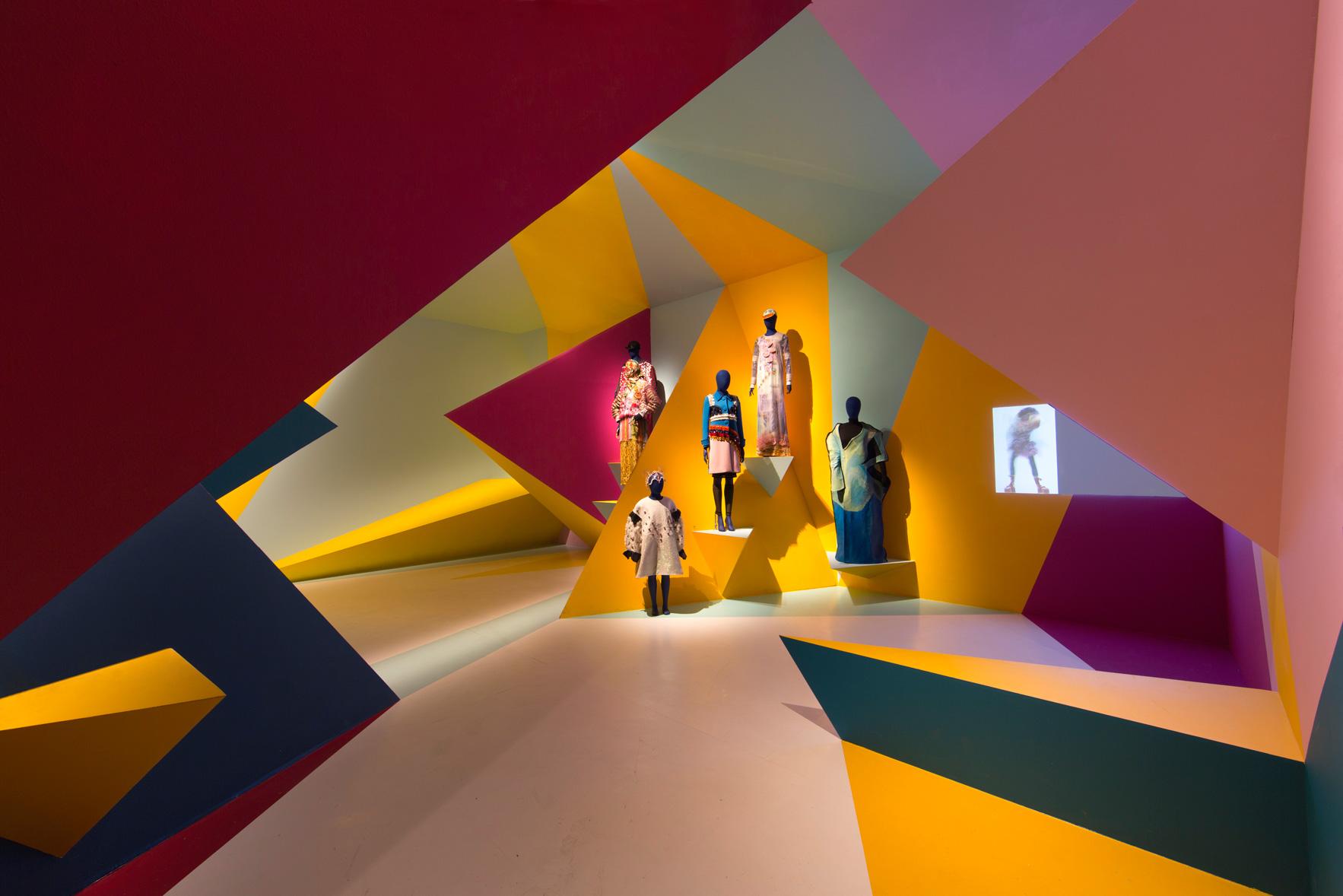Sovversioni del fotomontaggio politico: l'immagine agitata di John Heartfield
Abstract
The principle of classical composition, based on the isolated piece, presents the univocal image of a perfect world; that of the assembly of heterogeneous parts, a priori incompatible, reveals the contradictions of the existing. This intuition is at the basis of the photomontages of John Heartfield (1891-1968), one of the most innovative disrupter of visions of the twentieth century, pioneer of political photomontage, whose influence, going well beyond the limits of Dadaism, will extend to many more areas of the artistic world. In 1938, the philosopher Günther Anders (1902-1992) dedicated to him a quite unknown text, “On photomontage”.
This essay is mainly intended to account for Anders' original analysis of Heartfield's militant photo collages, defined as genuine judgments on the world. The topics that bring out what is profoundly new in his practice will be explored: the visual and rhetorical modalities that it promotes, the role it assigns to the recipient, and the necessarily ambivalent place in the world of art, up to the process of conception and diffusion resulting from certain collective creative dynamics, in particular the association with the painter George Grosz and, above all, the contribution of his brother, Wieland Herzfelde, to whom Heartfield owes many of the verbal statements that streak his visual pamphlets.
Downloads
Pubblicato
Come citare
Fascicolo
Sezione
Licenza
Copyright (c) 2022 Elephant & Castle

TQuesto lavoro è fornito con la licenza Creative Commons Attribuzione 4.0 Internazionale.






